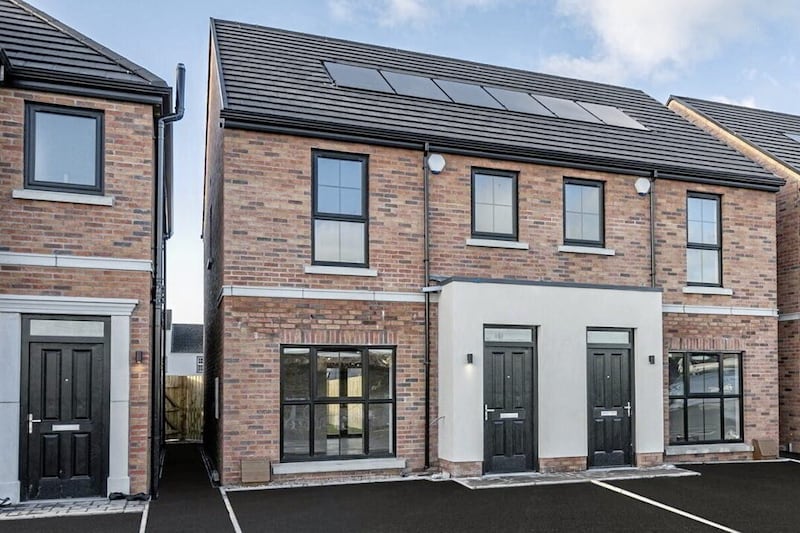THE Co-Ownership organisation has revealed its new properties have an average energy rating of B or above, comparing favourably to the average D rating here.
The organisation, which helps get people on the property ladder by offering a shared ownership plan, revealed the analysis of its properties as it launched its Climate Change Strategy Response which will see it “take an active role in supporting Northern Ireland’s Climate Change Act 2022” it said.
Figures show that residential homes are responsible for 14 per cent of all carbon emissions in the north, and that figure is rising.
The average energy rating of a home here is D but a majority of Co-Ownership homes, of which 7,749 were audited, are rated A, B or C.
Further analysis showed that 89 per cent of Co-Ownership’s new-build purchases since April 2022 are rated grade B or above, illustrating the impact recent changes in building regulations have had, it said.
The organisation has a share in over 10,000 homes across the province and continues to be a key player in Northern Ireland’s affordable housing landscape. Every year it supports up to 10 per cent of all first-time buyer transactions.
Andrew Shott, finance director at Co-Ownership, said: “As we look to extend our impact on society by continuing to provide alternative routes to home ownership, we are committed to the just transition to sustainable living for both our existing and future customers. Research shows that property owners are aware of the urgency of climate change but unclear on how to respond. We have to build a better understanding of our carbon footprint, and EPCs are a great indicator of potential improvements that can be carried out.”
Shaw Montgomery, director at property development company Dunlop Homes said increased collaboration between developers and lenders is key to a more sustainable housing market here.
“Most developers are moving to passive design techniques to meet the new regulation standards introduced last year. The result is precisely engineered and detailed structures that are highly insulated and require less energy demand to maintain a comfortable temperature in the home. With the rapid rise in energy costs, we made the decision to introduce solar on a recent development to lessen the burden on our prospective homeowners. This continued focus on innovation is crucial as the sector works together to create a housing system that remains affordable and is built for the future,” he said.





